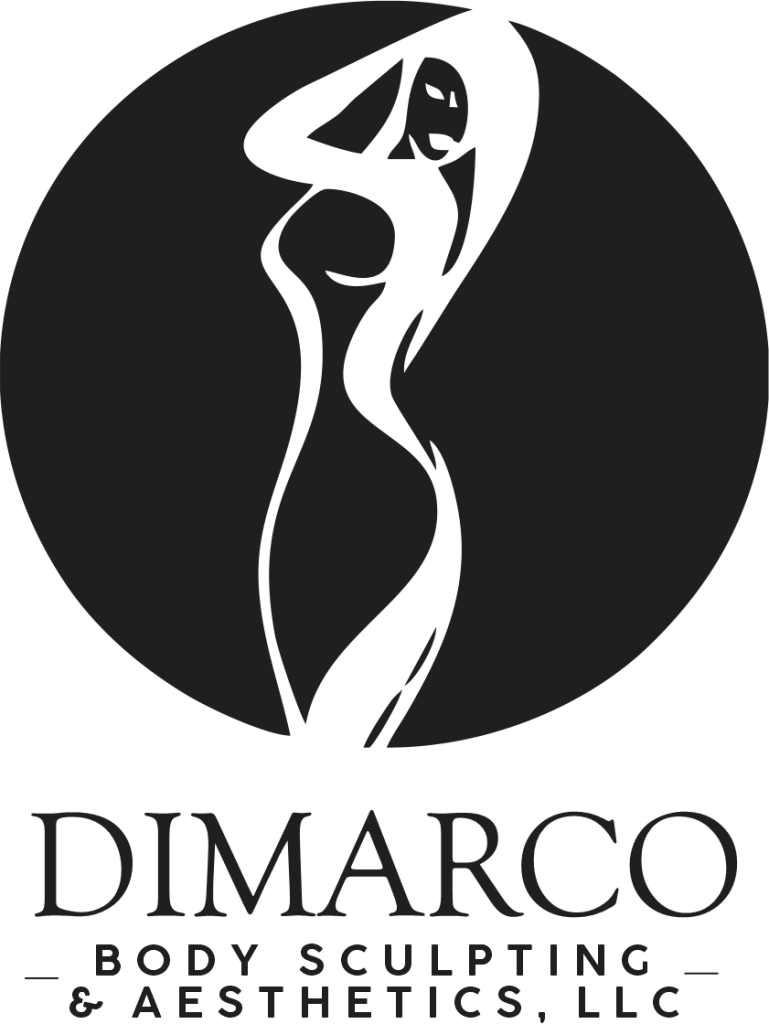FAQ
Frequently Asked Questions
Learn More About Spider Vein Treatment & Varicose Vein Treatment
Q: What causes varicose veins?
A: In most patients they are caused by leaky valves in the veins. This causes backward blood flow, also called reflux. Blood flows down the leg instead of the normal upward return flow to the heart. This causes high blood pressure in the veins, causing them to enlarge, dilate and become varicose.
Q: What are the symptoms?
A: That same local high blood pressure in the veins is transmitted to surrounding tissue and structures leading to pain (feeling of heaviness, tenderness, tightness, achiness) and swelling.
Q: What are the long term ill effects?
A: If left untreated this leads to chronic edema, venous stasis dermatitis, cellulitis, ulceration, and bleeding.
Q: What is the treatment?
A: If the process is caught early enough, compression stockings may abort the vicious cycle of refluxing blood down the vein, causing the symptoms listed above. If that fails, intervention is definitely indicated. JOB ONE is diagnosing and treating the venous reflux.
Q: How is venous reflux diagnosed?
A: Venous reflux is caused by leaky valves in the veins. This can be detected by a non-invasive test called a VENOUS DUPLEX REFLUX STUDY done by an ultrasound/Doppler tech.
Q: How is reflux treated?
A: Repair of the bad vein-valves has been unsuccessful in the past. This led to the operation called Varicose Vein Stripping and Ligation. This has been replaced by NON-SURGICAL endovenous ablation.
Q: How is endovenous ablation done?
A: There are two NON-SURGICAL ways to close off the bad vein: radio frequency ablation and US guided sclerotherapy. Your doctor will discuss which one is best for you. We do both.
Q: If ablation closes off the vein, where does the blood go?
A: Ablation only closes off the bad vein. The blood will return through the remaining good veins through connecting branches.
Q: Will my insurance cover the procedure?
A: Yes, if you are having symptoms, have failed conservative management, and your venous duplex reflux study documented reflux.
Q: What can I expect during the procedure?
A: It takes about 45 minutes to insert the fiber in the vein, position it under US guidance, numb the area with injections and ablate the vein.
Q: What can I expect after the procedure?
A: There will be some discomfort afterwards since all three methods cause inflammation of the ablated vein. Some patients experience mild swelling or bruising as well. These are all temporary, and if they occur, they’ll subside in a couple of days. We ask you return home the day of the procedure and relax with the leg elevated, but you can generally return to your normal activities the next day or two.
Q: What is the follow-up care?
A: We ask you make an appointment after your last ablation to evaluate your response to the procedure and success of the ablation.


